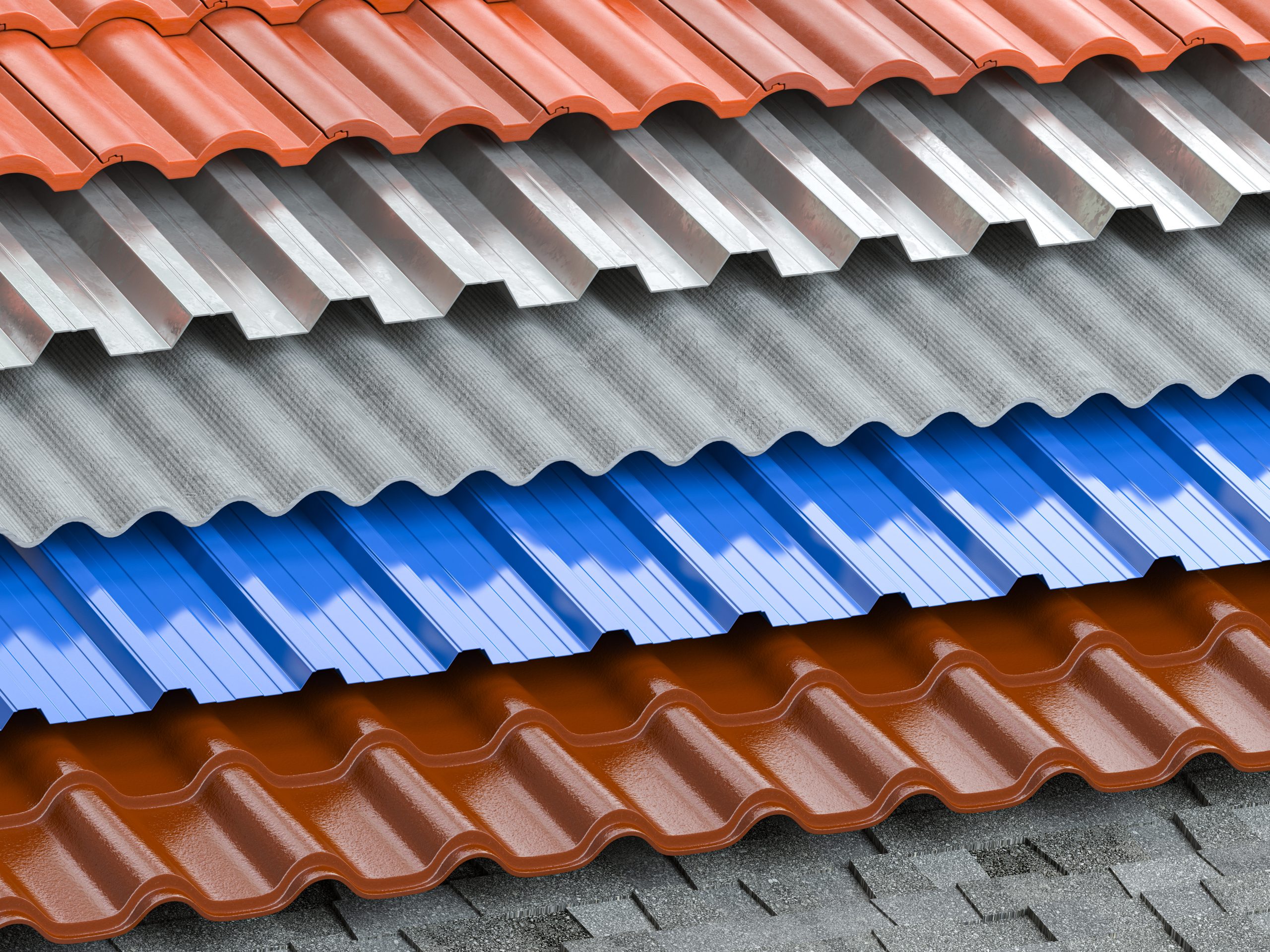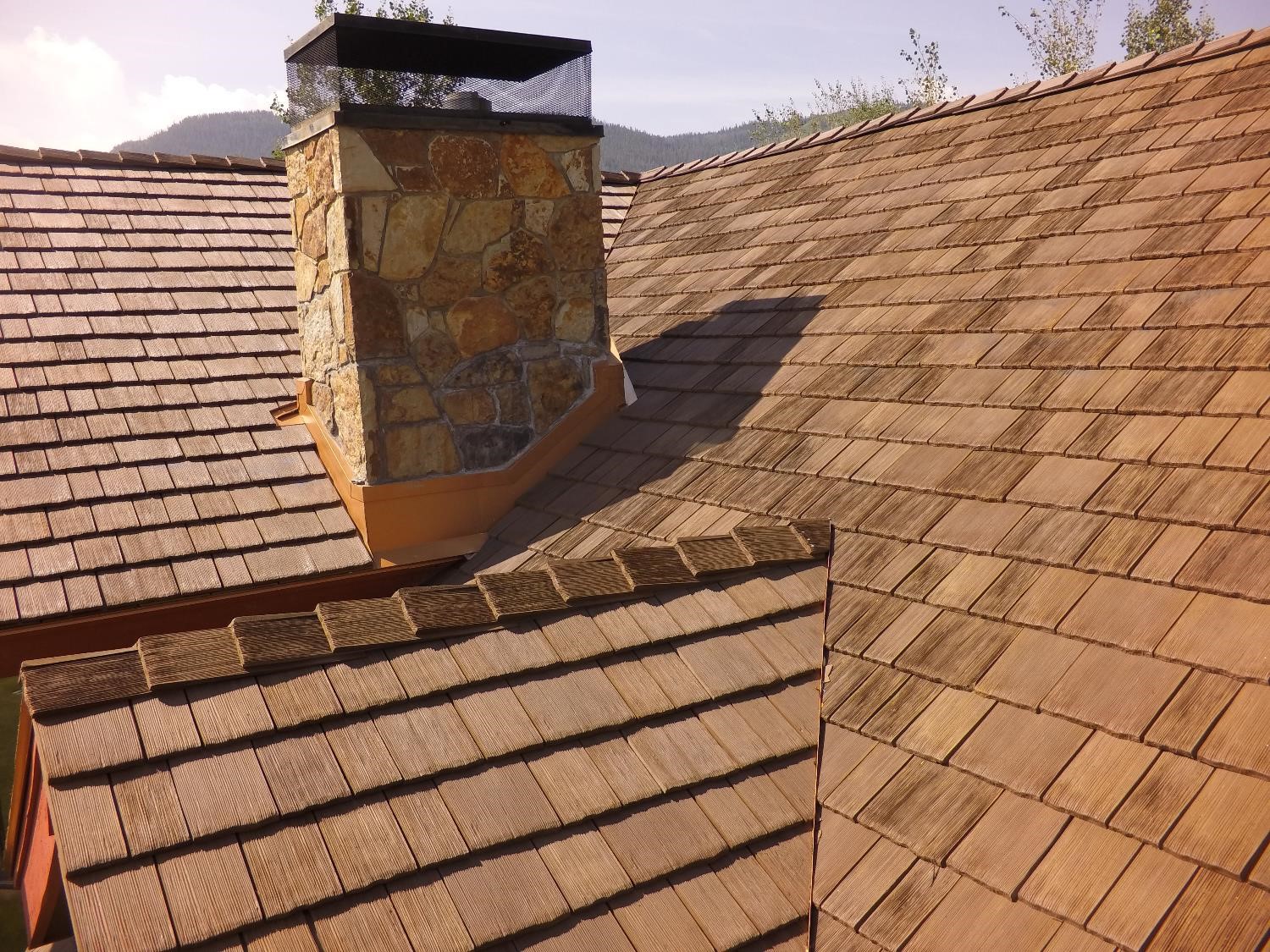Professional Roofing Tips for Picking the most effective Materials for Your Home's Needs
When it comes to selecting the ideal roofing products for your home, a systematic technique is important. Trick considerations consist of comprehending your neighborhood environment, assessing the durability of various products, and analyzing energy performance.
Evaluating Your Environment Problems

When selecting roof products, it is important to take into consideration the certain environment conditions of your location, as these aspects dramatically affect the longevity and efficiency of your roofing. Various climates present special difficulties, such as high winds, hefty snowfall, extreme warm, or extreme humidity. Understanding these elements is important for making an informed decision.
For instance, in areas vulnerable to hefty rain or snow, materials like metal or asphalt tiles with high waterproofing capacities may be more suitable. Conversely, in locations with heats, reflective products such as ceramic tiles or amazing roof coverings can help in reducing warm absorption, resulting in energy performance and boosted indoor comfort.
In addition, think about regional wind patterns; materials that can hold up against high winds, like concrete floor tiles or impact-resistant roof shingles, are vital in hurricane-prone areas. Humidity degrees also contribute; in wet environments, select materials immune to mold and mildew and mold, such as artificial underlayment or dealt with timber.
Eventually, examining your environment conditions will help ensure that you select roofing products that not only enhance your home's aesthetic charm but also give longevity and protection versus ecological stress factors. Roofing Lockhart.
Comprehending Material Durability
Assessing environment problems is only the first action in making a notified roof decision; comprehending the sturdiness of the materials is equally vital. The long life and performance of roof covering products can vary significantly, affected by factors such as climate exposure, upkeep needs, and product structure.

Additionally, think about the product's resistance to components like wind, hail storm, and rain. As an example, impact-resistant shingles and metal roofings are much better matched for regions prone to extreme tornados. Additionally, the product's capacity to endure UV direct exposure is crucial for maintaining aesthetics and avoiding premature degradation.
Ultimately, choosing long lasting materials not just adds to the long life of your roof covering but additionally decreases the demand for constant fixings or substitutes, making sure satisfaction and safeguarding your investment over time. Review durability alongside climate factors to consider to make one of the most educated choice for your roofing task.
Power Effectiveness Considerations
Power performance plays an essential duty in roof decisions, affecting both month-to-month energy bills and total environmental influence. Picking the ideal roofing products can substantially decrease a home's power usage by improving insulation and reflecting sunshine.
One of the key variables to think about is the roofing product's thermal efficiency. Roofing Lockhart. Materials such as steel, clay ceramic tiles, and certain sorts of tiles are understood for their ability to mirror solar power, reducing warmth absorption and, as a result, cooling down costs. Trendy roof options, which are created to reflect more sunshine than conventional roofs, can additionally enhance power efficiency, specifically in warmer climates
Furthermore, the insulation residential properties of roofing products can impact image source warm retention throughout colder months. Products with a greater R-value provide far better insulation, lessening the demand for heating and adding to reduced energy costs.
It is also crucial to take into consideration the roofing system's shade and structure, as lighter shades usually supply much better reflectivity contrasted to darker shades. By very carefully evaluating these aspects, home owners can make educated choices that not just improve energy effectiveness yet also add to lasting sustainability and comfort in their living environment.
Budgeting for Roof Covering Materials
Budgeting for roof covering materials needs mindful consideration and preparing to ensure a balance between top quality and cost. The primary step in this process is to develop a clear budget based on your general economic capabilities and the specifics of your roofing job. It is crucial to evaluate the overall location of the roof covering, as this will straight influence the quantity of material needed and, subsequently, the complete cost.
Following, research study the various kinds of roof products available, noting their price ranges and resilience. While some products might have a lower first price, they can need more frequent repair work or replacements, causing greater long-lasting expenditures. On the other hand, buying higher-quality materials might generate better energy effectiveness and longevity, inevitably conserving cash over time.
Additionally, think about labor costs, which can significantly affect the total spending plan. Acquire several quotes from trusted specialists to ensure competitive rates. It may be advantageous to set apart a backup fund-- typically around 10% of the overall budget plan-- to cover unforeseen expenditures that might arise during the setup procedure. By thoughtfully budgeting for roof products, house owners can make informed decisions that straighten with their financial goals and long-lasting demands.
Aesthetic and Design Choices
Selecting roofing materials exceeds mere functionality; aesthetic and layout selections play a significant duty in boosting the total allure of a home. The roof covering is a noticeable attribute that adds to the architectural style and curb allure of a residential property. When selecting materials, think about exactly how they match the home's outside, consisting of home siding, home windows, useful site and landscape.
Color is an essential aspect; it can either balance with or contrast the home's see combination. Lighter colors can make a home appear larger and a lot more welcoming, while darker shades can convey elegance and warmth. Appearance also matters; for circumstances, slate provides a sophisticated, timeless appearance, while metal roofing can give a streamlined, contemporary aesthetic.
Particular products may be much better matched for particular styles; for instance, clay tiles work well on Mediterranean-style homes, whereas asphalt tiles are more flexible. Eventually, the picked roofing material must mirror the property owner's personal design while ensuring sturdiness and efficiency.

Verdict
In recap, choosing proper roof materials requires a complete examination of environment conditions, material resilience, energy efficiency, and budget considerations. Ultimately, informed choices in the roof covering option procedure add to a lasting and practical home setting (Roofing Lockhart).
When it comes to picking the ideal roof materials for your home, a systematic approach is crucial.When choosing roof materials, it is essential to take into consideration the details climate conditions of your location, as these aspects substantially influence the longevity and efficiency of your roofing. By thoughtfully budgeting for roof covering products, property owners can make enlightened choices that straighten with their long-lasting needs and economic goals.
Selecting roof materials goes past mere capability; aesthetic and design selections play a considerable role in improving the overall charm of a home.In summary, picking proper roofing materials demands a detailed examination of climate problems, product sturdiness, energy efficiency, and spending plan factors to consider.